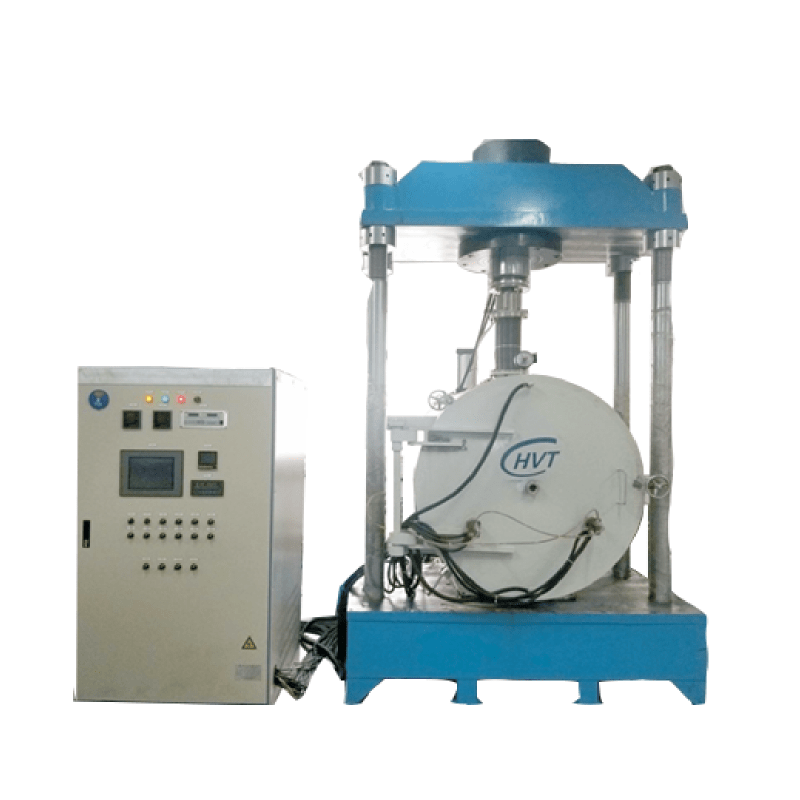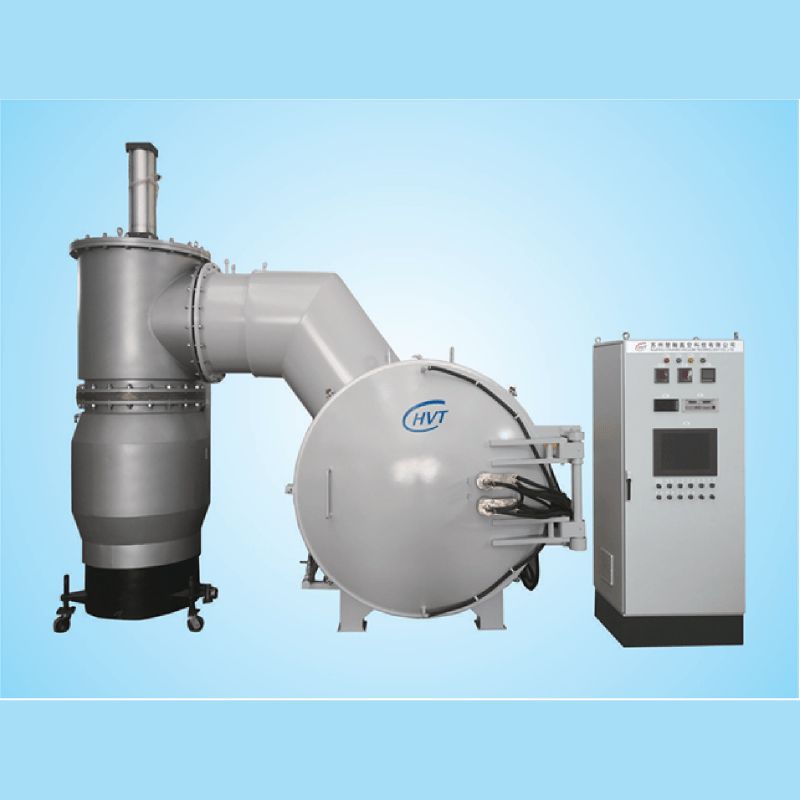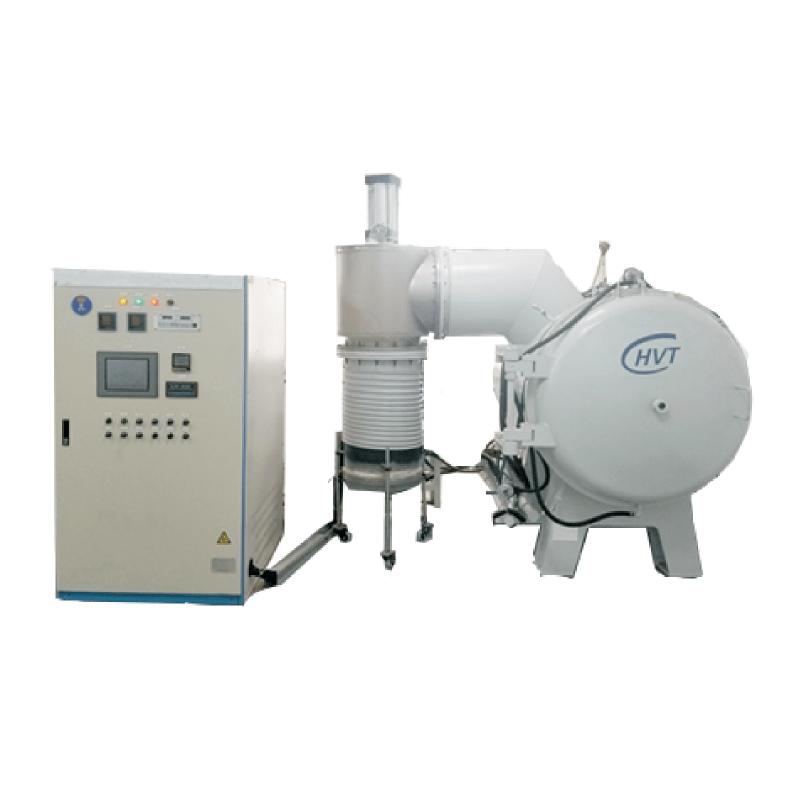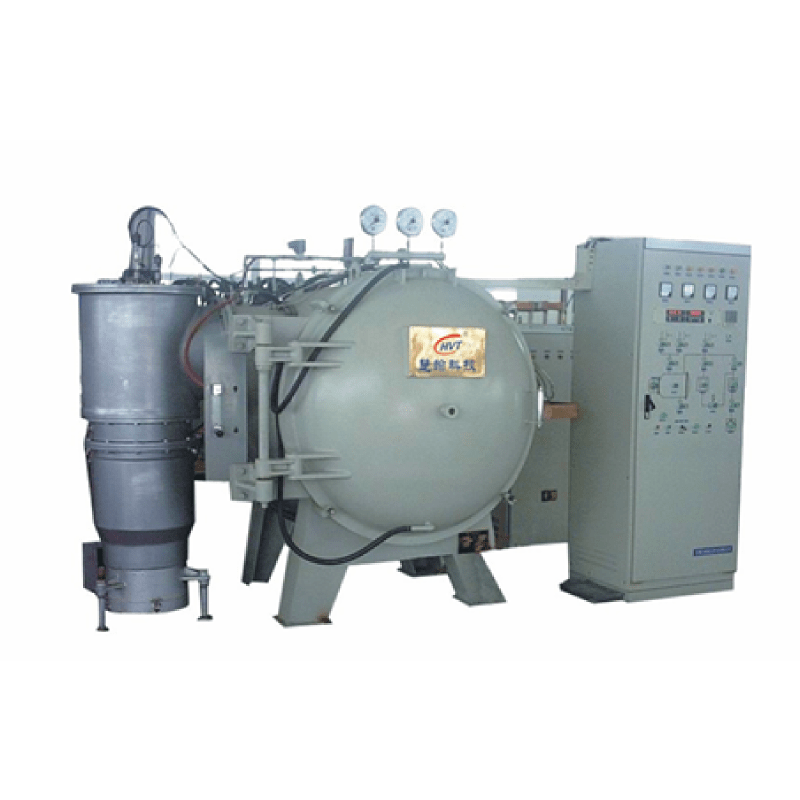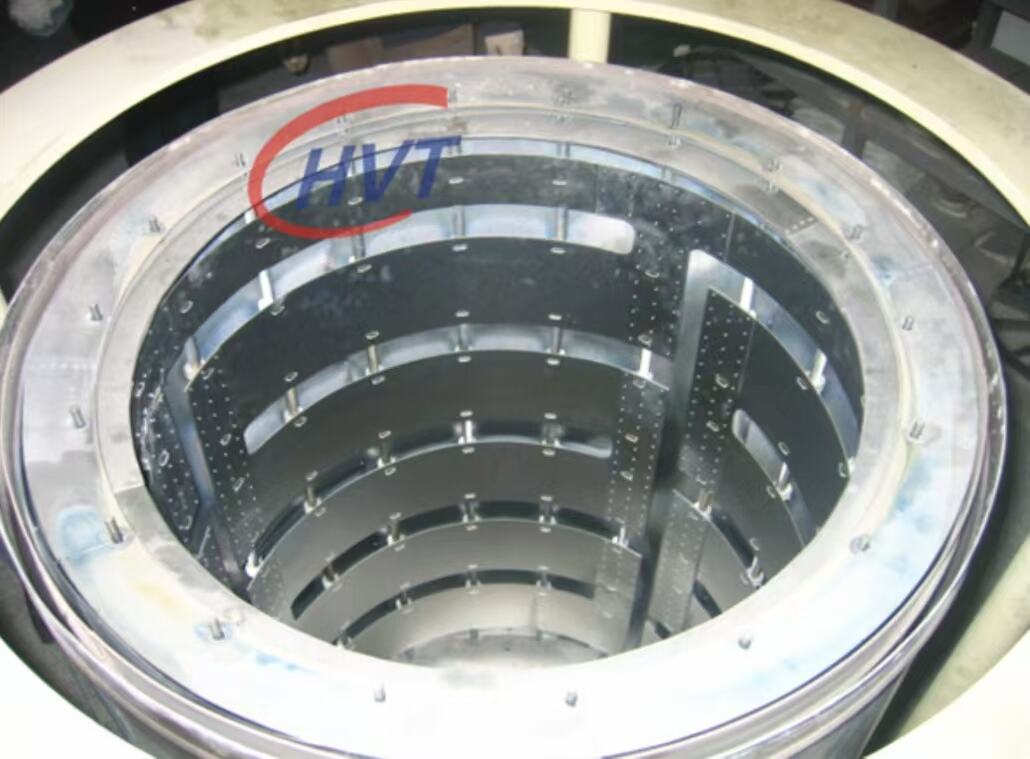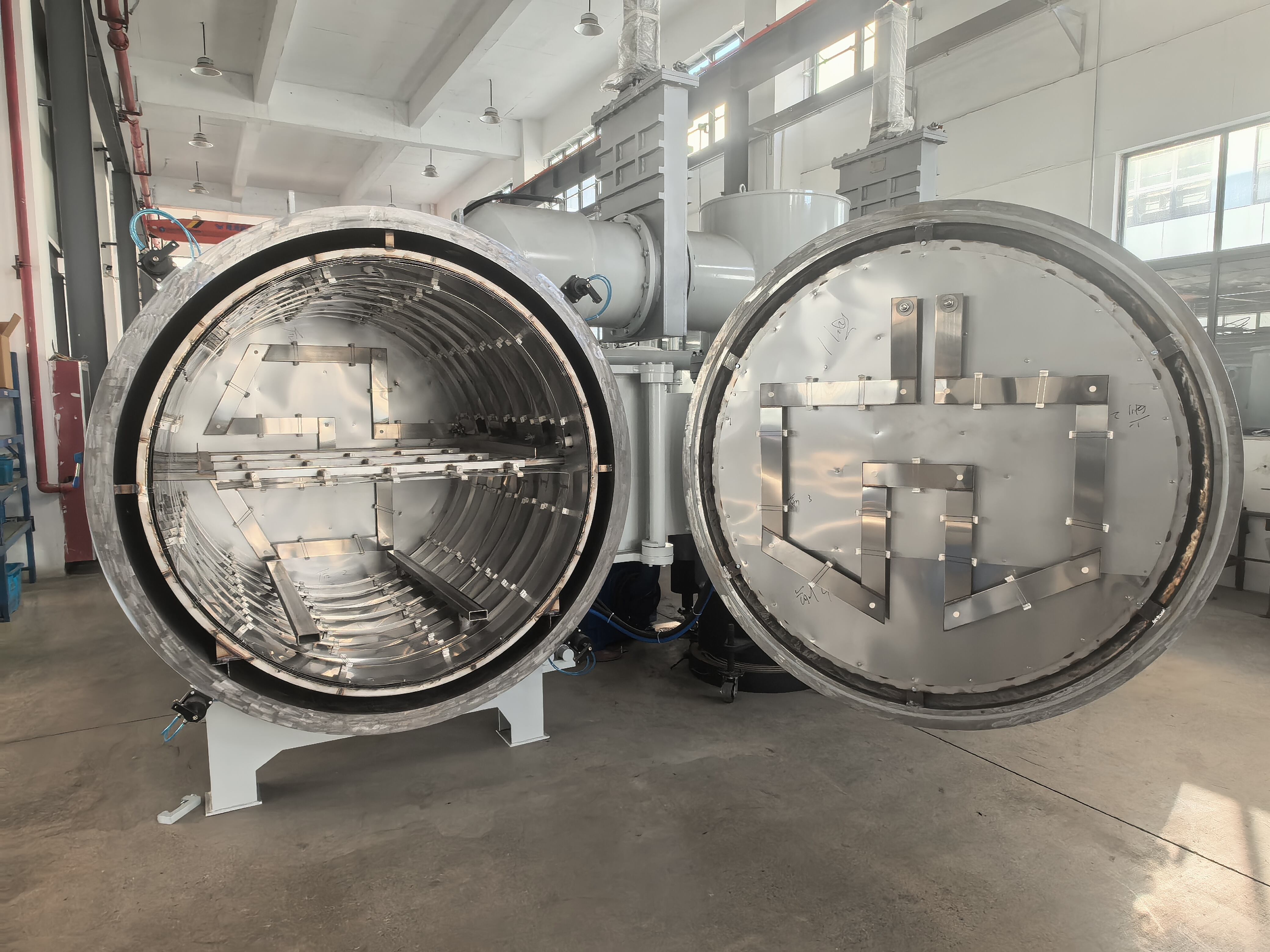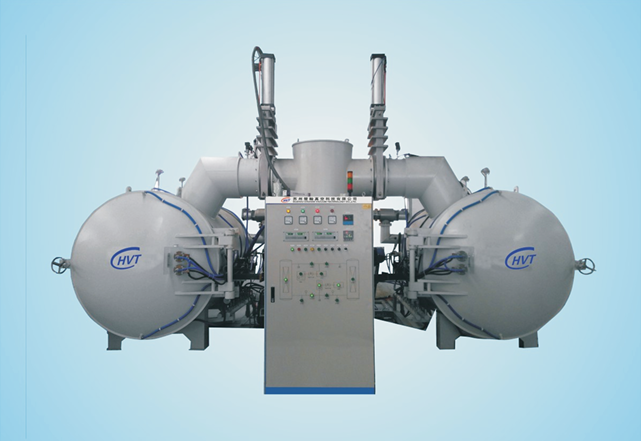brass melting furnace
A brass melting furnace is a specialized industrial equipment designed to melt and process brass alloys at high temperatures. These furnaces operate through advanced heating systems, typically utilizing electrical induction or fuel-fired methods, to achieve temperatures necessary for brass melting, which usually ranges between 1700°F and 1900°F. The furnace features precise temperature control mechanisms, refractory lining for heat retention, and sophisticated safety systems to ensure optimal melting conditions. Modern brass melting furnaces incorporate digital control panels for accurate temperature monitoring and adjustment, enabling operators to maintain consistent melting parameters. The furnace's design includes a tilting mechanism for easy pouring, crucible arrangements for holding molten brass, and efficient heat distribution systems. These furnaces serve various industries, including automotive manufacturing, electronics production, and architectural hardware fabrication. They are essential in recycling operations, allowing for the reprocessing of brass scrap into new products. The furnace's capacity can range from small laboratory units to large industrial installations capable of melting several tons of brass per batch.

